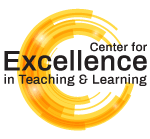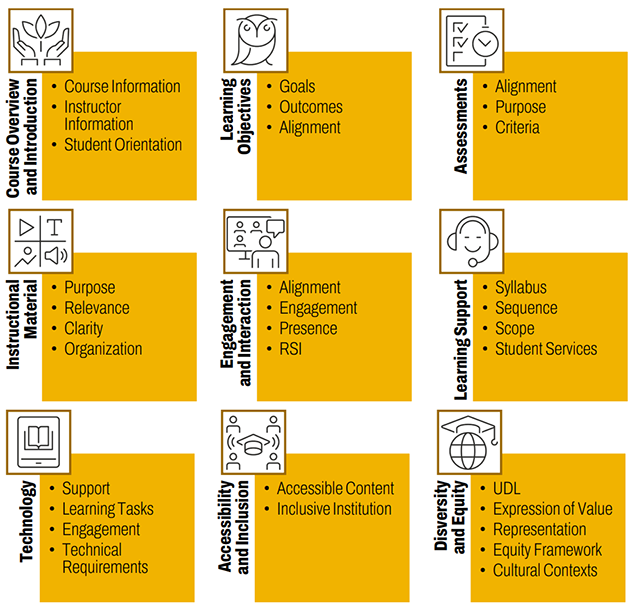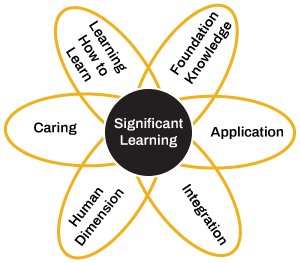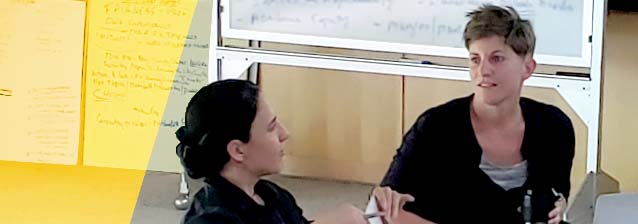|
CETL | Canvas | AI Guide | Course Design | Online | Software | Workshops Course DesignDesigning Teaching to Enhance Learning Helpful Links
Words of wisdom for the first day of class . . . CETL is your one-stop shop for everything you need to know to design, develop, and teach a course in Canvas. But we're more than tech experts; we're course design experts. We are here to help you design and deliver dynamic online, hybrid, and face-to-face classes, and to work with you on using Canvas as a true learning management platform. Our team of experts can help you economize your instructional and grading effort; enhance student engagement with one another, the content, teaching assistants, and you; and provide a pipeline for communication and information exchange for assignments and feedback. "research has singled out findability as not only the most significant predictor of both self-efficacy and motivation among students in online courses, but the only significant variable that predicts these two key factors" Taking a student-centered approach to your digital course space is one easy way to improve student satisfaction. The first page of your Canvas course site should engage and guide students. Your syllabus and course structure (including a transparent grading structure) should match. Use rubrics to provide transparent grading policies and expectations. Allow students to see their grades throughout the semester. Employ announcements to provide a lasting record of your communications. Use assignments to provide students with a simple digital workflow.
In furtherance of the University of Idaho’s commitment to excellence in online teaching and learning, the Center for Excellence in Teaching and Learning has established evidence-based criteria to guide the design, development, review, and improvement cycle of all new and existing online classes, and to provide customized faculty development to assure confidence, competence, and creativity in online instruction. Successful online courses are both learning- and learner-centered. As such, they provide an environment and experiences that foster engaged learning for all students. We attain this goal by integrating best practices into online classes along nine critical dimensions: View CETL's CQ+ Online Course Development Rubric We focus on being there for our faculty every step of the way, from the design to development stage to delivery, reflection, and review. To get started, email the CETL instructional design team at coursedesign@uidaho.edu
Let's begin with the premise that as faculty members, we want our students to have genuinely "significant learning experiences". We don't teach to teach, we teach to learn. This often requires us to shift our thinking; to migrate from a teaching-centered model of instruction to a learning-centered model that emphasizes student engagement and success along a number of axes. A well (re)designed class provides evidence that learning is occurring and enhancing a student's awareness of his or her own learning.
Successful redesigns adhere to sound pedagogical principles associated with high impact practices. The primary goal is to shift students from a passive, note‐taking role to an active learning orientation in order to enhance learning outcomes. But successful redesigns don't just happen; they require a high degree of intentionality. Quality needs to be designed into a class. RESOURCE MATERIALS Fink, Dee. Creating Significant Learning Experiences: An integrated approach to designing college courses. Jossey Wiley & Sons, Inc., 2013.
CETL Course (Re)Design Institutes
|
||
Instructors should be mindful of policies
regarding FERPA. Test your knowledge by |





 Formally, course redesign is the process of rethinking the way we deliver instruction in order to maximize learning. This process is increasingly mindful of the possibilities that new technology offers in order to achieve better learning outcomes and the relationship between cognitive, noncognitive, and metacognitive growth and development. The purpose of course redesign is to improve student learning. It is not to cram in more content or to repackage what's already been done; it is to backwards design a class around student learning outcomes—-how they are articulated, accomplished, and assessed in the class, the syllabus, and all documents and behaviors associated with the learning experience.
Formally, course redesign is the process of rethinking the way we deliver instruction in order to maximize learning. This process is increasingly mindful of the possibilities that new technology offers in order to achieve better learning outcomes and the relationship between cognitive, noncognitive, and metacognitive growth and development. The purpose of course redesign is to improve student learning. It is not to cram in more content or to repackage what's already been done; it is to backwards design a class around student learning outcomes—-how they are articulated, accomplished, and assessed in the class, the syllabus, and all documents and behaviors associated with the learning experience.